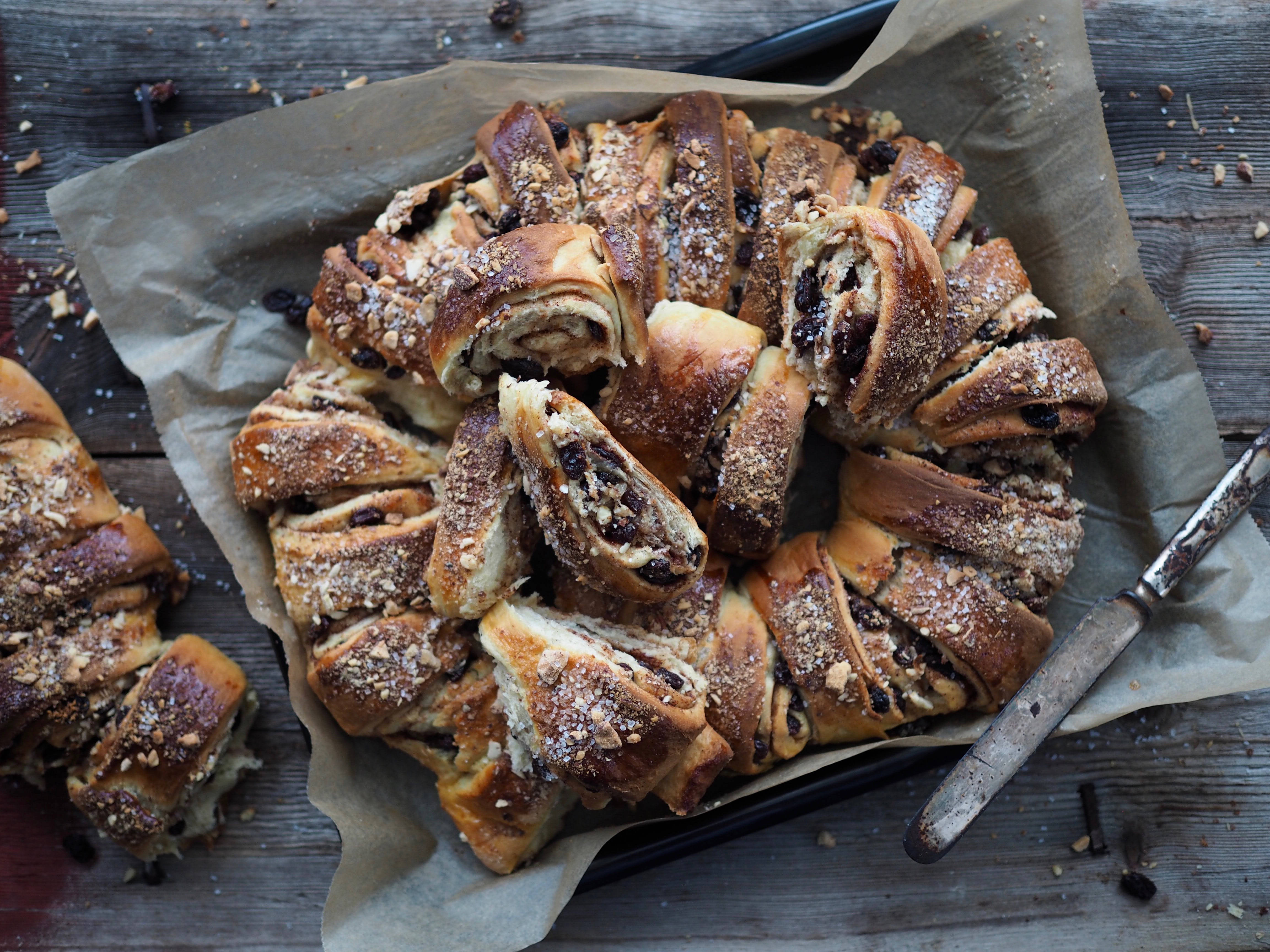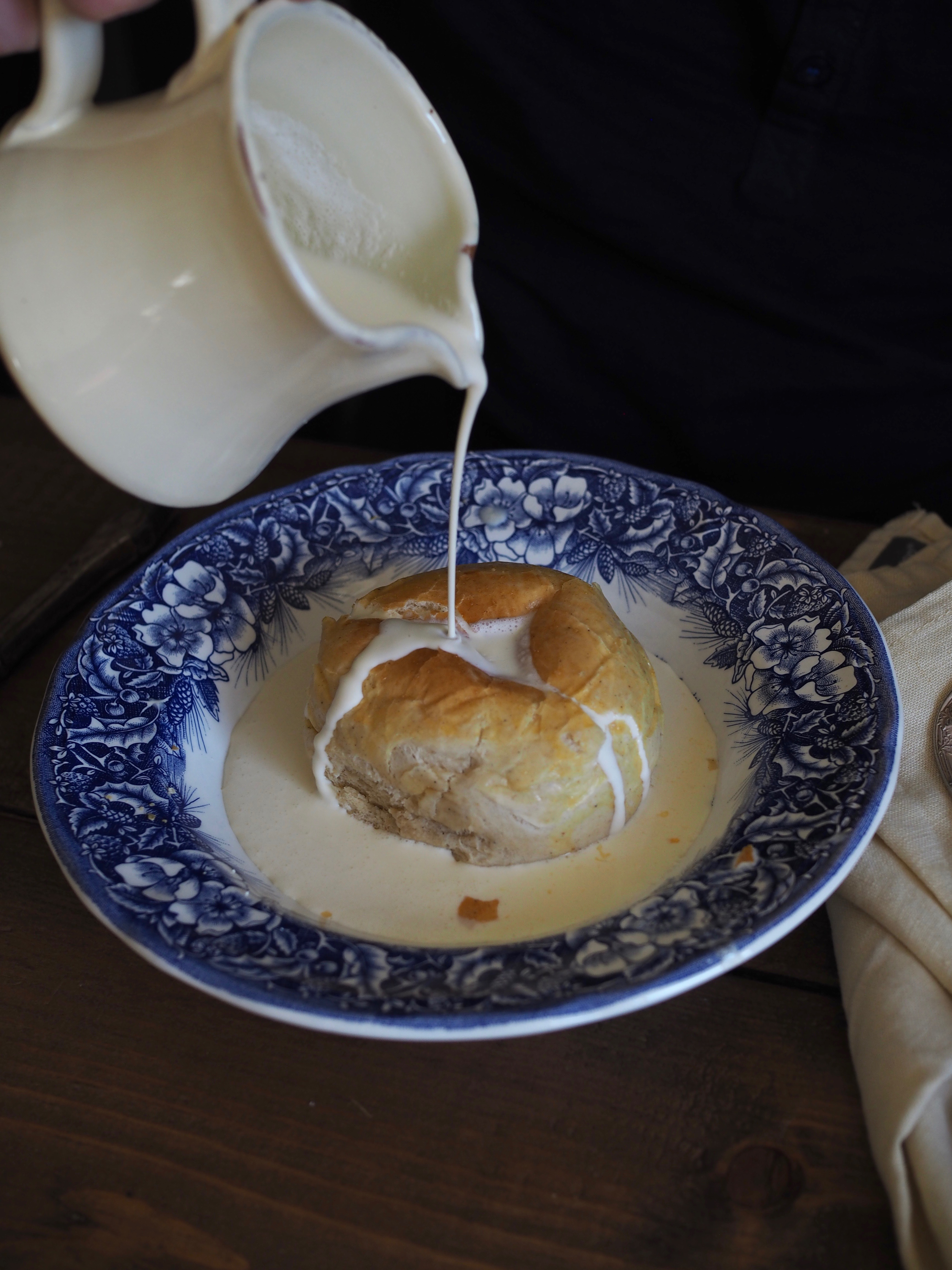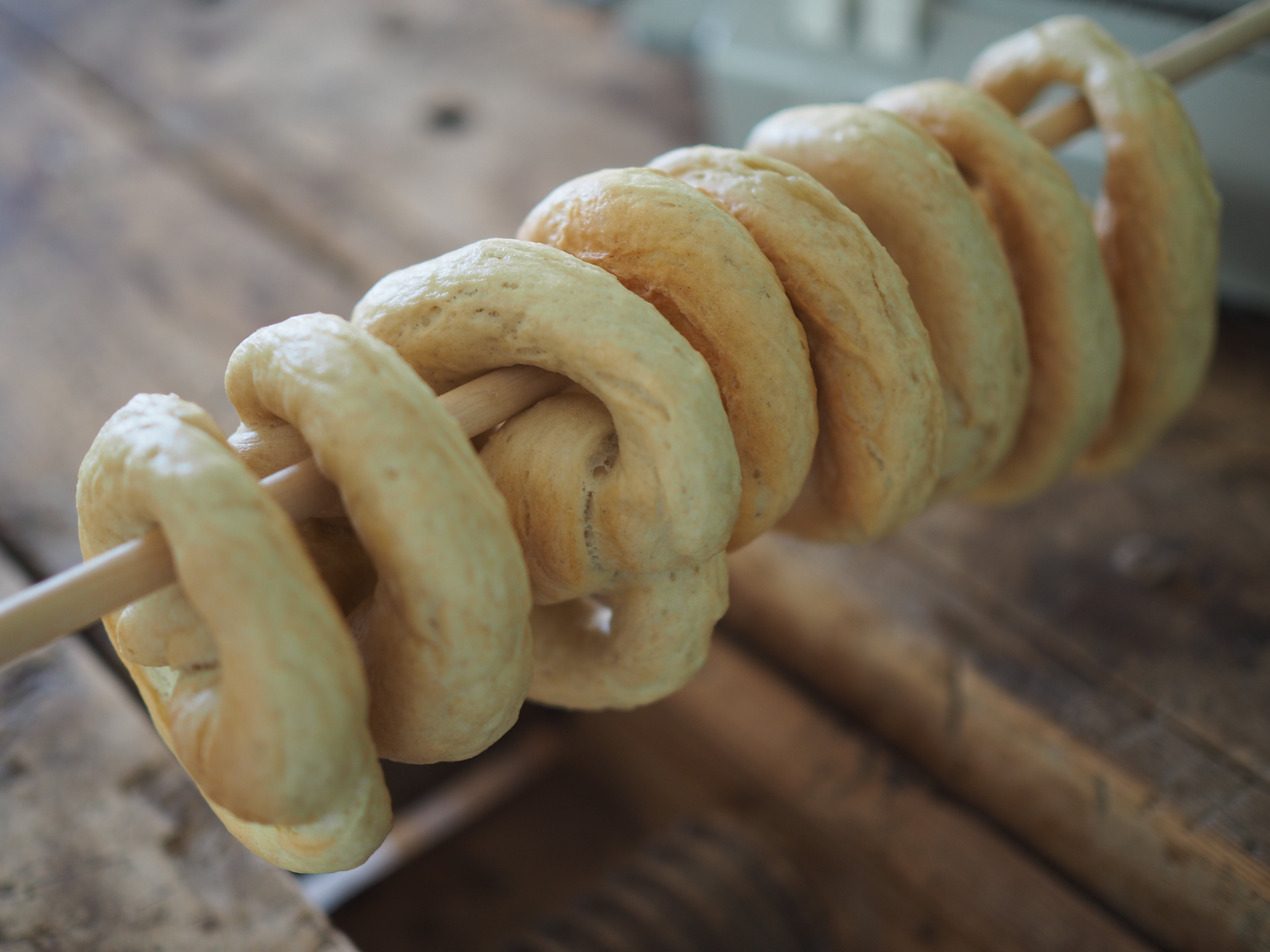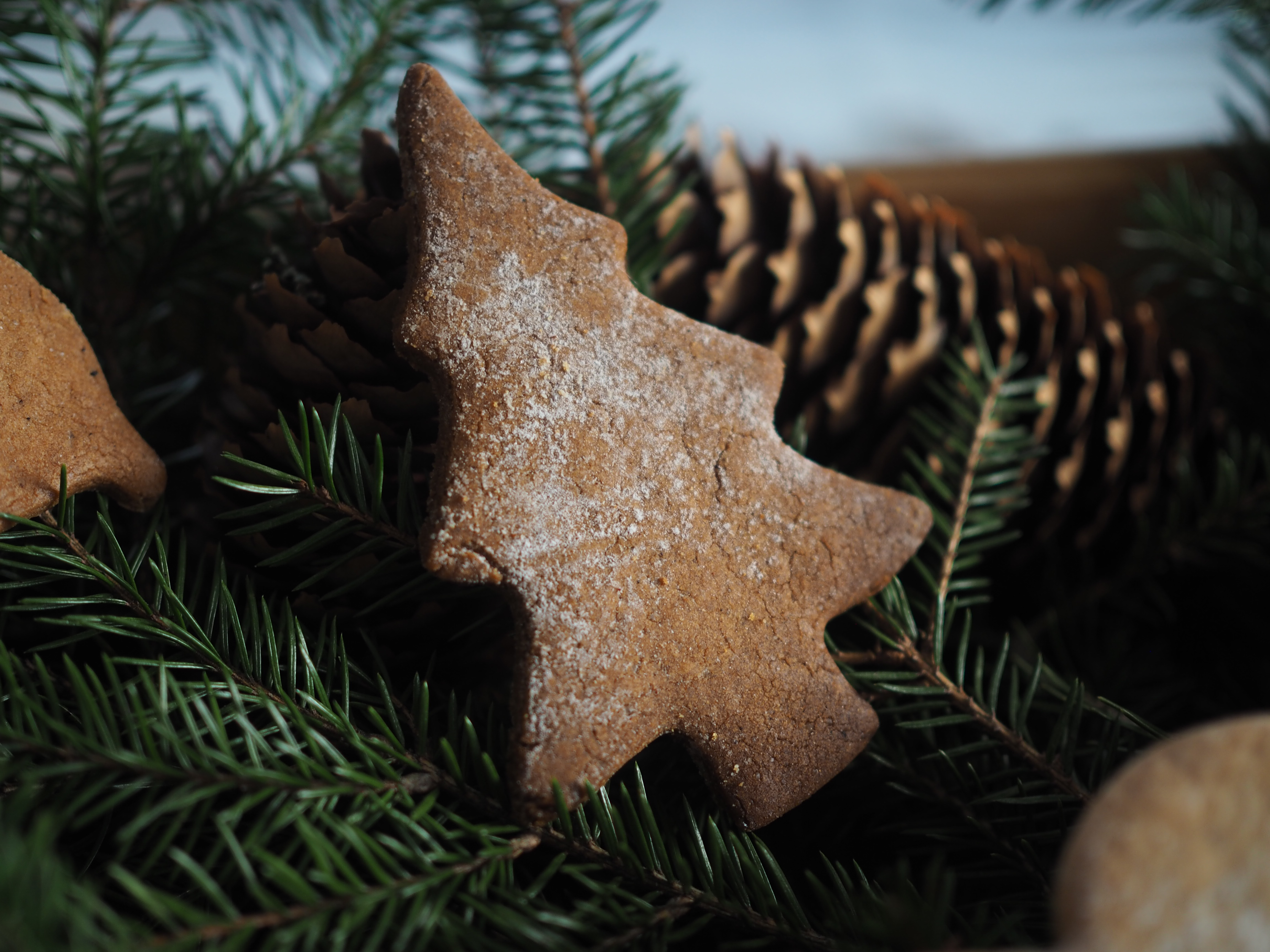
 In the bright of the day, looking toward the bay, the water sparkles as the sun’s rays reflect off the waves with an intense luster creating an almost magical atmosphere. This reoccurring picture and likening to glitter is what gave inspiration for the name of a farm in Rollag three generations ago. It would, in recent times, be the inspiration behind the name of the baked good so loved and so often served at this farm, by the hands of Maj-Lis. (more…)
In the bright of the day, looking toward the bay, the water sparkles as the sun’s rays reflect off the waves with an intense luster creating an almost magical atmosphere. This reoccurring picture and likening to glitter is what gave inspiration for the name of a farm in Rollag three generations ago. It would, in recent times, be the inspiration behind the name of the baked good so loved and so often served at this farm, by the hands of Maj-Lis. (more…)
Tag: bergen
-

‘Glitre’ kringle
-

Heitevegger (Bergen’s Warm Shrovetide Buns)

 Change is in the air. That time again when the sun stays a little longer each day and the once, all-white landscape has become a collage of earthy tones. We are edging towards spring and that means we are also edging toward the cusp of lent with the celebration of Fastelavns, ‘the fast evening’.
Change is in the air. That time again when the sun stays a little longer each day and the once, all-white landscape has become a collage of earthy tones. We are edging towards spring and that means we are also edging toward the cusp of lent with the celebration of Fastelavns, ‘the fast evening’.The typical fare for Fastelavns in Norway is a sweet bun with a layer of whipped cream in the middle called Fastelavnsboller (you can find my recipe and the history here). You will also find different names and slightly different ways of serving these buns across Scandinavia, but the heart of the treat is always the same. The bun. (more…)
-

Vannkringler (Bergen Pretzels)

 Kringler. Nordic pretzels of various forms of sweet, salty, filled, crispy and soft. But one kringle stands out as one of the most well-known in Norway and it hails from Bergen. It also happens to be a permanent fixture on the 17 Mai (Grunnlovsdag) table, as it finds its place alongside spekemat (cured meats) and rømmegrøt.
Kringler. Nordic pretzels of various forms of sweet, salty, filled, crispy and soft. But one kringle stands out as one of the most well-known in Norway and it hails from Bergen. It also happens to be a permanent fixture on the 17 Mai (Grunnlovsdag) table, as it finds its place alongside spekemat (cured meats) and rømmegrøt.Bergen is known in Norway for their vannkringler, a traditional pastry still consumed today. The recipe is simple: flour, water, yeast and salt. The technique is masterful, as the dough is rolled out thinly and then tossed and twisted around before being sealed with a gentle blow. Before being baked until a golden brown, they are placed in a hot water bath, hence bestowing them the name vannkringler, or ‘water ring’.
This tradition is thought to be influenced heavily by Dutch and German salesman operating in the area of Bryggen, the old trading wharf of Bergen. Being easy to store and with a long shelf-life, vannkringler was purchased by many fisherman, who would take them along their journeys. It is said that empty caskets would be used as storage for the vannkringler by northern Norwegian fisherman as they headed back home. (more…)

 Arguably, the most aromatic and popular Christmas cookies in Norway are Pepperkaker. They stand out among all the other traditional cookies with their fragrant presence, crispy and inviting texture, and ability to transform into whatever shape or design or role the beholder so wishes.
Arguably, the most aromatic and popular Christmas cookies in Norway are Pepperkaker. They stand out among all the other traditional cookies with their fragrant presence, crispy and inviting texture, and ability to transform into whatever shape or design or role the beholder so wishes.
